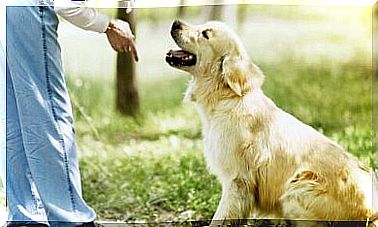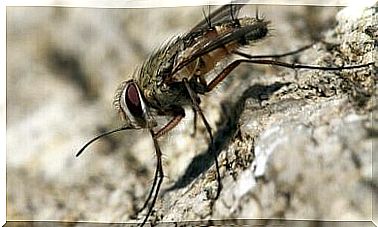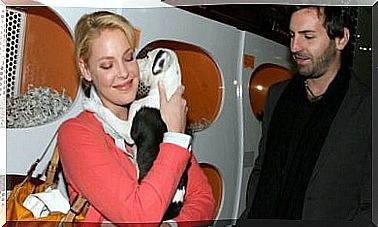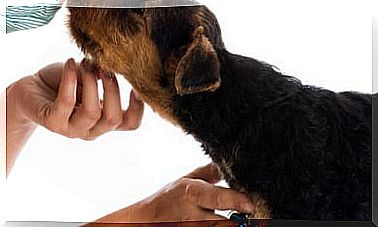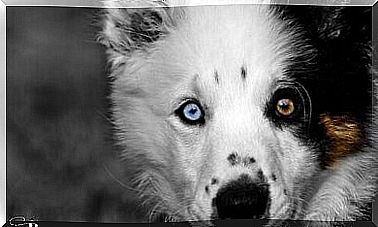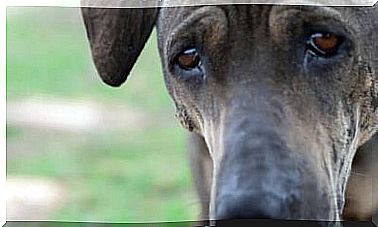Surgery For Cataracts In Dogs
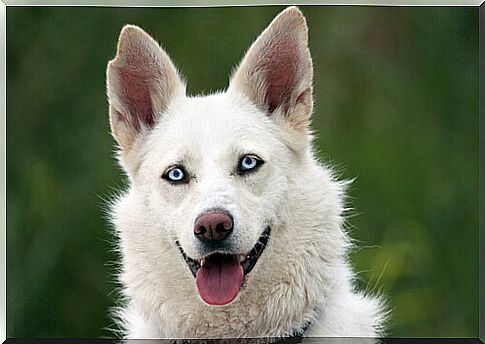
Cataracts are one of the main vision problems that dogs can suffer from. Fortunately, this problem can be solved, or alleviated, through surgery. This surgery aims to remove the damaged lens and replace it with an artificial one.
What is cataract?
Cataracts are characterized by the progressive loss of transparency of the crystalline, the “lens” of the eyes. The function of this “lens” is to allow the eye to focus the rays of light on the retina. Cataracts prevent light from being focused correctly, significantly diminishing the animal’s vision. Late-stage cataracts are the leading cause of blindness in dogs. Fortunately, owners can easily detect the presence of cataracts, since in the presence of this problem the eye loses its crystalline appearance and takes on a blue-white color.
Cataracts in dogs are the result of an inherited genetic problem. Many purebred dogs are predisposed to this hereditary problem, which can develop at birth or in old age.
Cataracts are also found associated with diabetes, old age or trauma suffered by the retina. Depending on the triggering cause, cataracts may or may not progress, sometimes resulting in total blindness. The rate of progression is most often predictable and can be determined by a thorough examination, done with a veterinary ophthalmologist (ophthalmologist).
How is cataracts in dogs treated?
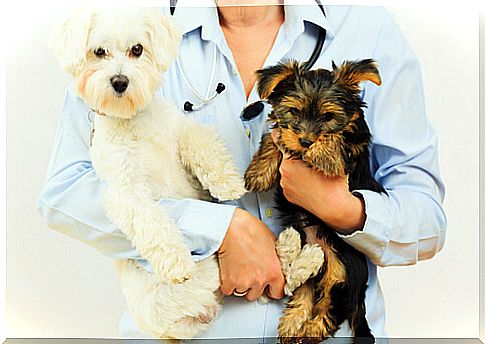
Nowadays the only effective treatment in the treatment of cataracts is achieved through the removal of the defective lens, by means of surgery. Removal of the lens is performed under general anesthesia and consists of an incision of the eye. The tools used for this operation are designed to fragment and remove the diseased crystalline material. In most cases an artificial lens will be used to replace the damaged natural one.
Laser is not used to eliminate cataracts. Surgery is generally recommended when cataracts cause a significant reduction in vision or when the cataract is progressive, in which case loss of vision would almost certainly be achieved. The success rate of this surgical operation is much higher in the case of initial stages of cataracts, while it decreases in the case of cataracts that have been present for months or years.
To evaluate the possibility of surgery, an ophthalmologist veterinarian will conduct an eye exam to detect if, and which, other vision-related problems are present. Blood and urine samples will also be taken to determine the dog’s general health. In addition, an ultrasound examination and a special examination called ERG will be carried out to detect the presence of other problems in the retina, which could interfere with the final result.
After the surgery, the dog’s eyes should be protected for a full 2 weeks. Exercise and motor activity of the dog must be reduced to a minimum, to avoid injury to the recently operated eye, which is in a very delicate state.
What are the risks and what complications can arise following surgery?
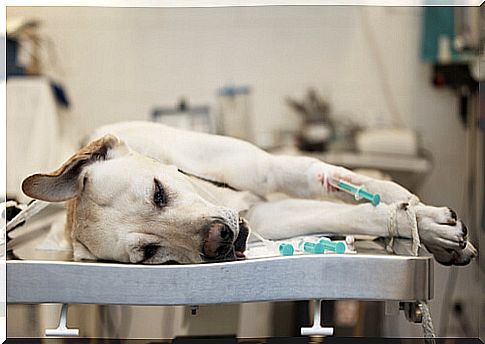
The success rate of cataract surgery is 95%. The result can of course vary, depending on the general health of the eye and the dog. After the examination and various tests, the ophthalmologist will evaluate the risks and benefits of the surgery and help the owner make the best decision for their dog.
There are undoubtedly some risks associated with this type of operation, as well as for any other surgical operation performed under anesthesia. Owners must therefore analyze the risks and benefits with the veterinarian.
The complication rate after surgery is around 5%. When the eye suffers from complications, it generally means that the dog will not recover his sight. Some complications may require medical intervention and even a new surgical operation to correct the problem or even protracted treatments for long periods.
In a cataract operation the most severe complications include retinal detachment, which consists precisely in a separation of the retina from the underlying tissue. Total retinal detachment causes vision loss, but sometimes it is possible to correct this problem through a new corrective surgery.
Excessive inflammation or conjunctivitis are potentially very serious problems. “Patients” with eye inflammation even before surgery are more likely to develop this type of problem.
Glaucoma refers to internal pressure in the eye that exceeds normal levels. Some breeds of animals are predisposed to glaucoma and may be more likely to develop it in some form after surgical treatment. However, a subsequent surgery or drug treatment can often control this complication.

